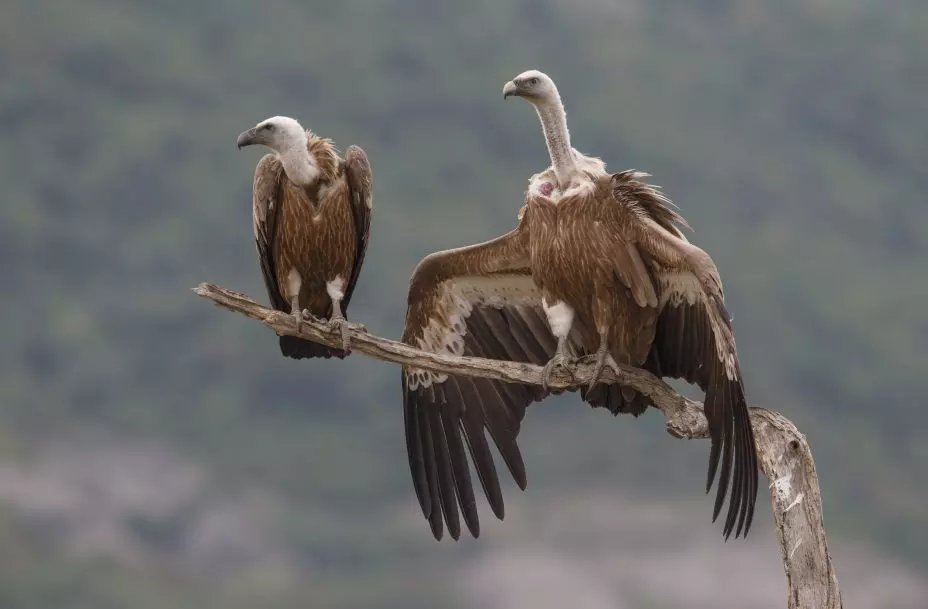Madhya Pradesh Sees Rise in Vulture Population
The population of vultures, falling under ‘critically endangered’ category in the International Union of Conservation of Nature (IUCN) red list of threatened species, has increased in Madhya Pradesh as per the latest census, a forest officer said on Wednesday.

Bhopal: The population of vultures, falling under ‘critically endangered’ category in the International Union of Conservation of Nature (IUCN) red list of threatened species, has increased in Madhya Pradesh as per the latest census, a forest officer said on Wednesday.
“The 2025 vulture census in Madhya Pradesh, conducted for three days from February 17, has been completed. The population of the scavenger birds in the state has increased as per the census. However, the status of vultures in Madhya Pradesh will be made public officially in two-three days”, additional principal chief conservator of forest (APCCF) (wildlife) L Krishnamoorthi told this newspaper.
A senior forest officer has however disclosed to this newspaper that the latest census has counted the vulture population in Madhya Pradesh at 12,981, an increase by 2,136 over the last census.
In the 2024 census, the vulture population in the state was counted at 10,845.
In the last six years, the population of the avian species in the state has increased by 35 percent.
In 2019, Madhya Pradesh had 8,397 vultures and since then the vulture population has been increasing steadily.
In 2021, the population of vultures in the state was 9,446.
Madhya Pradesh has the largest number of vultures in the country, the forest officer said.
“Madhya Pradesh with the highest tiger population has earned the tag of tiger state. After cheetahs were introduced in Kuno National Park in Madhya Pradesh, it is now known as cheetah state. Now, Madhya Pradesh has earned the tag of vulture state for having the largest number of scavenger birds in the country”, the forest officer said, unwilling to be quoted.
As per the latest census, Madhya Pradesh houses seven species of vultures.
Of them, four are local species and the remaining three are migratory ones.

